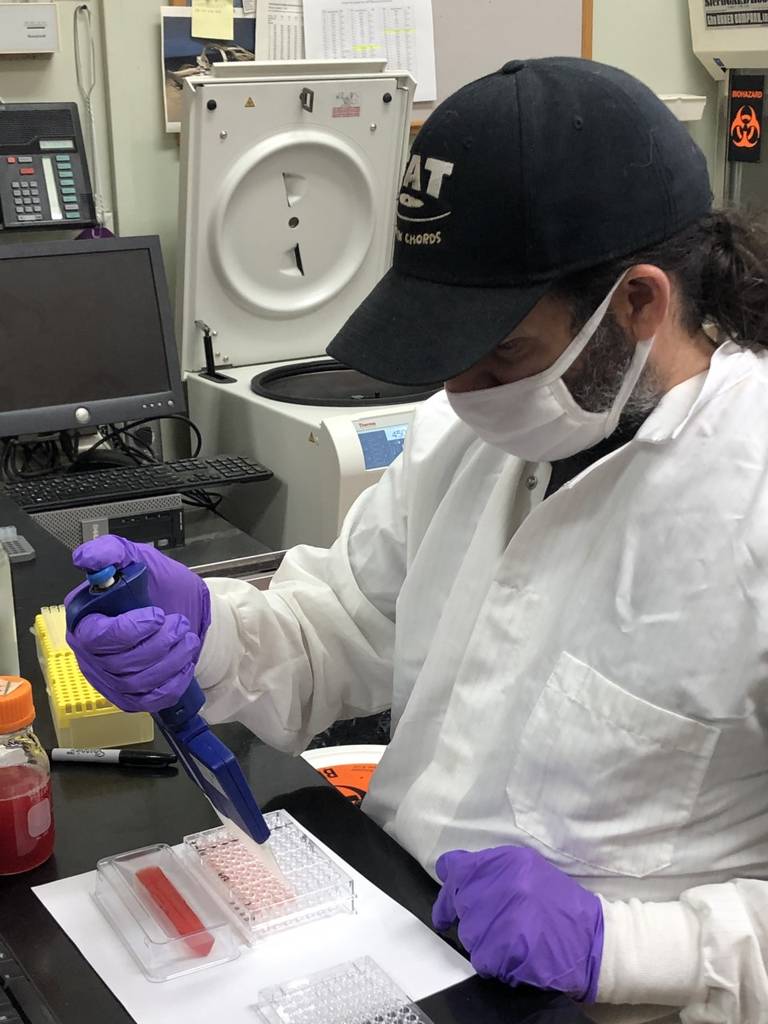
By John Holland
Gov. Gavin Newsom has asked for $88.6 million to build a livestock health lab in Turlock much better than the one already there.
Backers say the project would help assure safe food for humans while containing diseases in poultry, cattle, swine, horses and other livestock.
The lab would cover about 41,000 square feet on land already owned by the state at 830 Dianne Drive, just west of Highway 99 near Canal Drive.
The site is about a mile southwest of the current lab at Fulkerth and Soderquist roads, next to the Stanislaus County Fairgrounds. It opened in 1958 and, at just 5,100 square feet, can only examine poultry.
Newsom included the money in his Jan. 8 proposed budget for the fiscal year starting July 1. It needs votes from the Assembly and Senate, which approved a total of $6.8 million for the site purchase and planning in 2017 and 2019.
The current funding request includes detailed design and construction, which could be done by 2024.
The new lab would employ an estimated 56 people, compared with 17 at the current site, said spokesman Steve Lyle at the California Department of Food and Agriculture.
FOUR LABS WATCH OUT FOR FOOD SAFETY
The Turlock lab is a branch of the California Animal Health and Food Safety Laboratory System. It is part of the UC Davis School of Veterinary Medicine and operates in partnership with CDFA and other entities.
Three of the four labs – in Davis, Tulare and San Bernardino – have enough room to accept cattle and other large carcasses for necropsies, which seek the cause of death.
The lab system also tests blood and other samples from veterinarians treating live creatures. And it can be used for backyard animals, some raised by FFA and 4-H members.
“It’s great for all of our animal agriculture,” said Tom Orvis, governmental affairs director for the Stanislaus County Farm Bureau. He said many owners of large livestock here now drive to the Davis lab.
The new Turlock site would serve livestock within about a 90-minute drive, said a report accompanying the budget request. That circle takes in the diverse farms of the Northern San Joaquin Valley and the cattle ranches of the central Sierra Nevada and Coast Range.
Stanislaus alone produced 333,075 head of cattle, 159.1 million chickens and 8.7 million turkeys in 2018, the county agricultural commissioner estimated. They brought about $1.27 billion in gross income to farmers. Thousands of other people work in processing, trucking and other jobs that ripple out from the farms.
DISEASES OF MAN AND BEAST
Some livestock-borne diseases can infect humans, such as salmonella or campylobacter from undercooked chicken. Others don’t sicken people but can kill farm animals or reduce their production of meat, milk and eggs.
Poultry ailments have been California’s main concern in recent years. They include a 2018 outbreak in Southern California of virulent Newcastle disease and earlier cases of avian influenza.
Larger livestock can come down with foot-and-mouth, brucellosis, tuberculosis and other diseases. Controlling them takes lab capacity much greater than what Turlock can now offer.
“The current avian necropsy room is approximately 245 (square feet) and does not have adequate space or capacity for a large animal hoist, a large animal necropsy table, or floor drains necessary to accommodate cows that can exceed 1,500 pounds,” the report said.
The state could recover a small portion of the new lab’s cost by selling the current site. The surrounding area has far more homes and businesses than when it opened 63 years ago.


